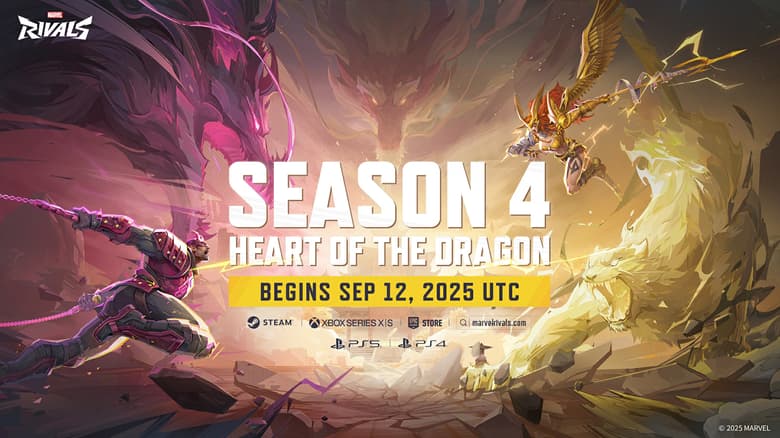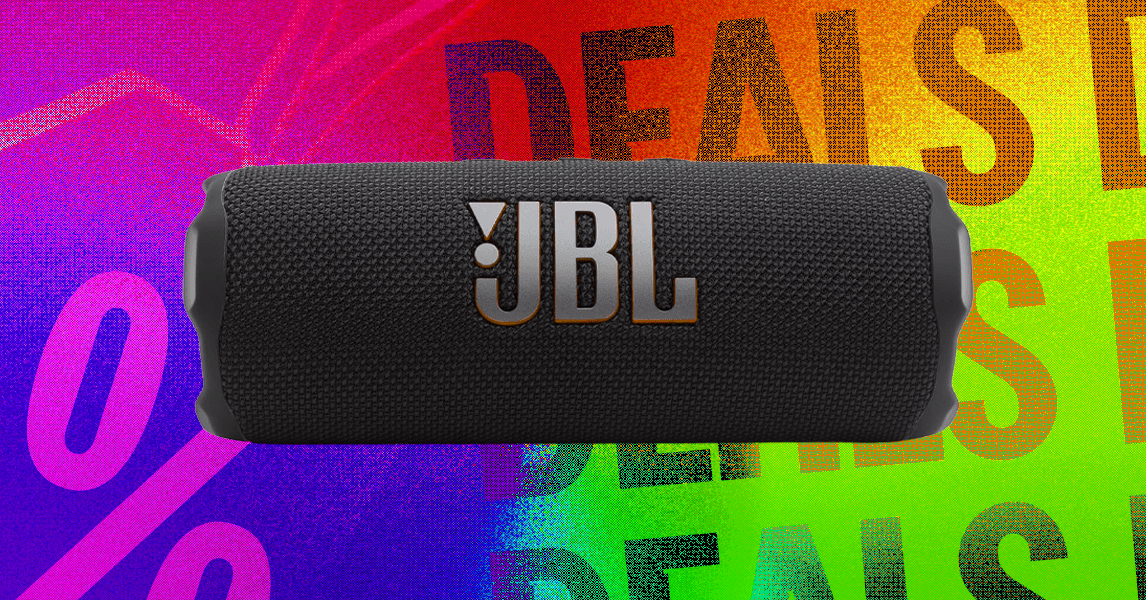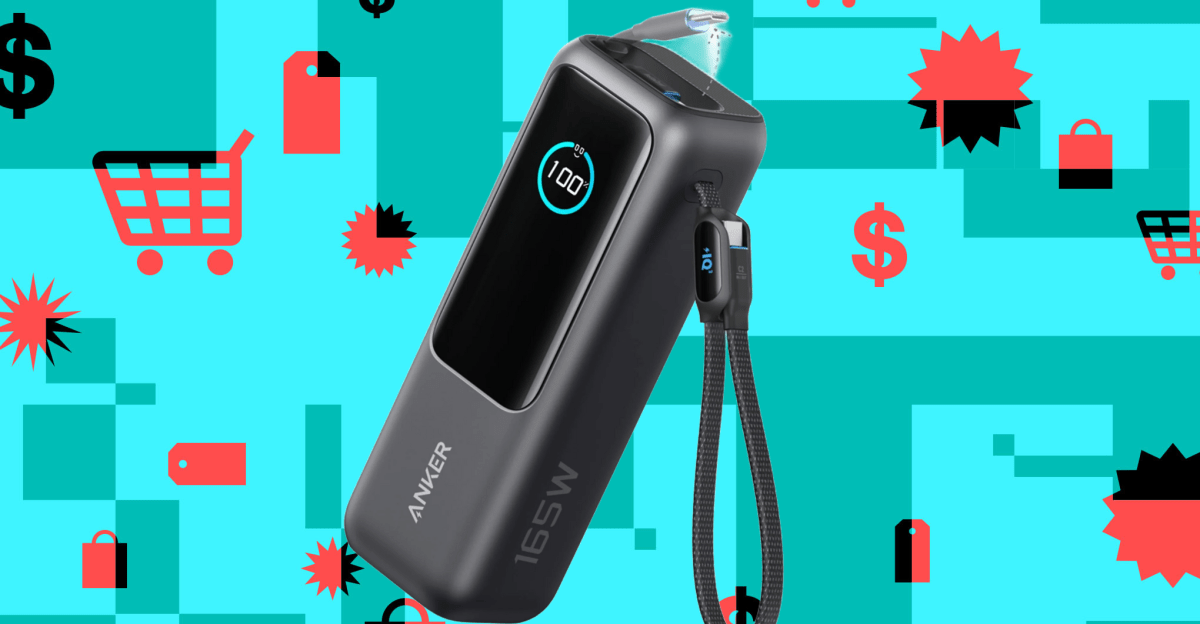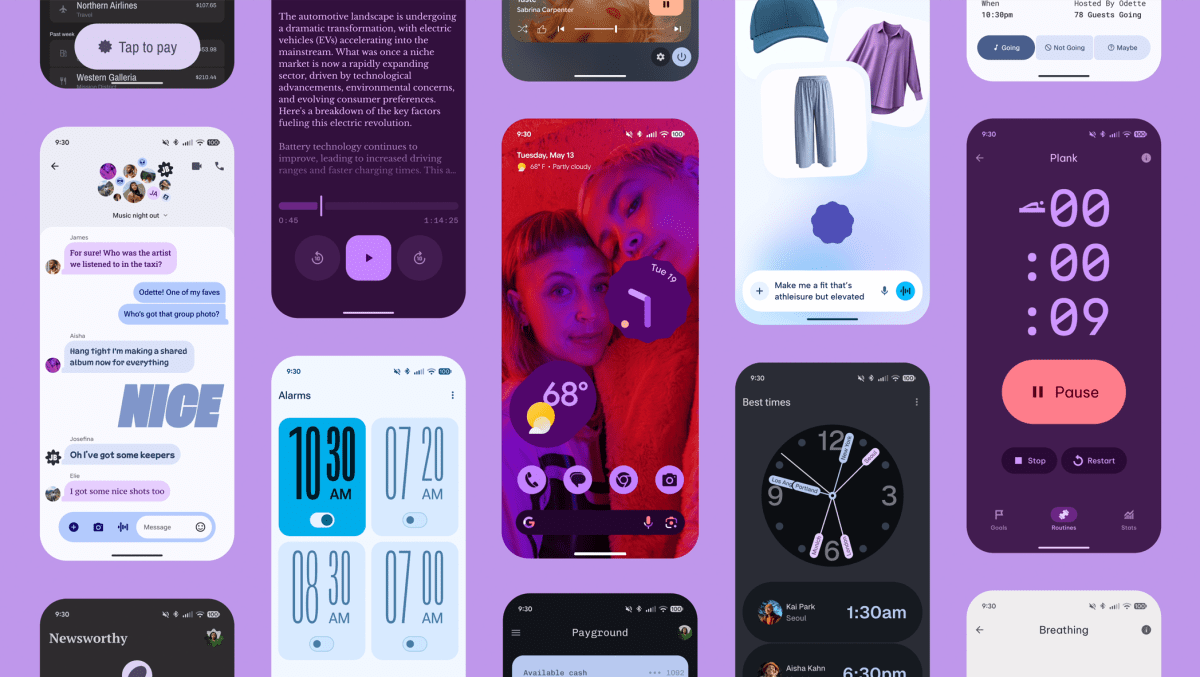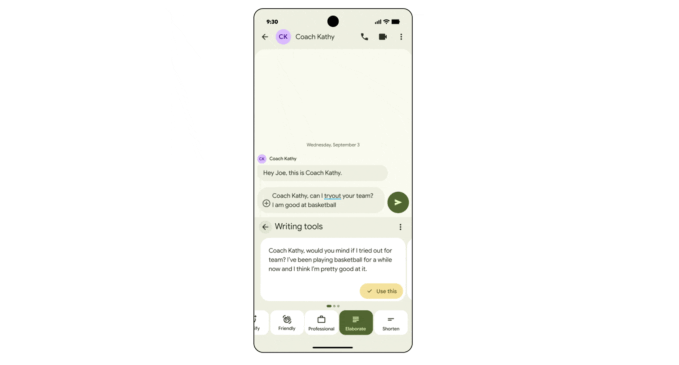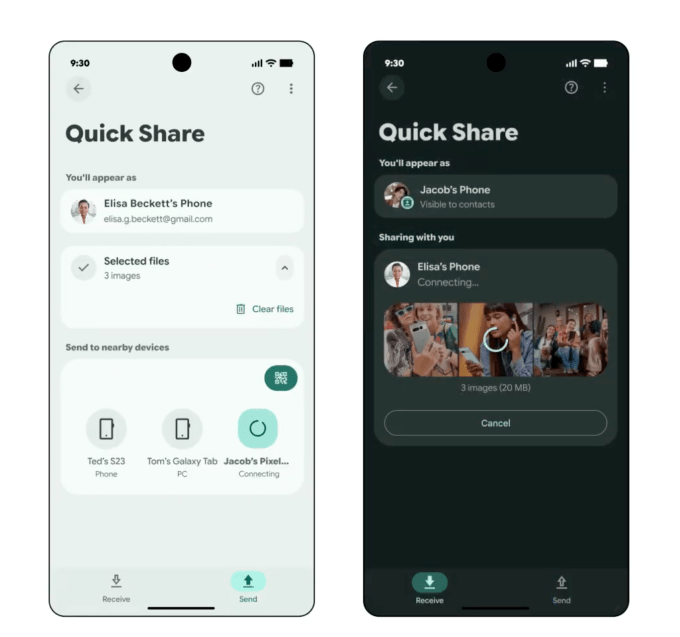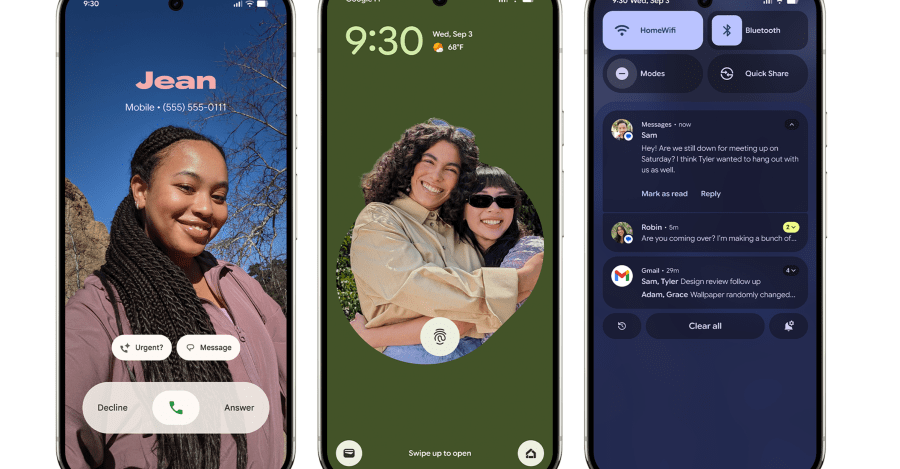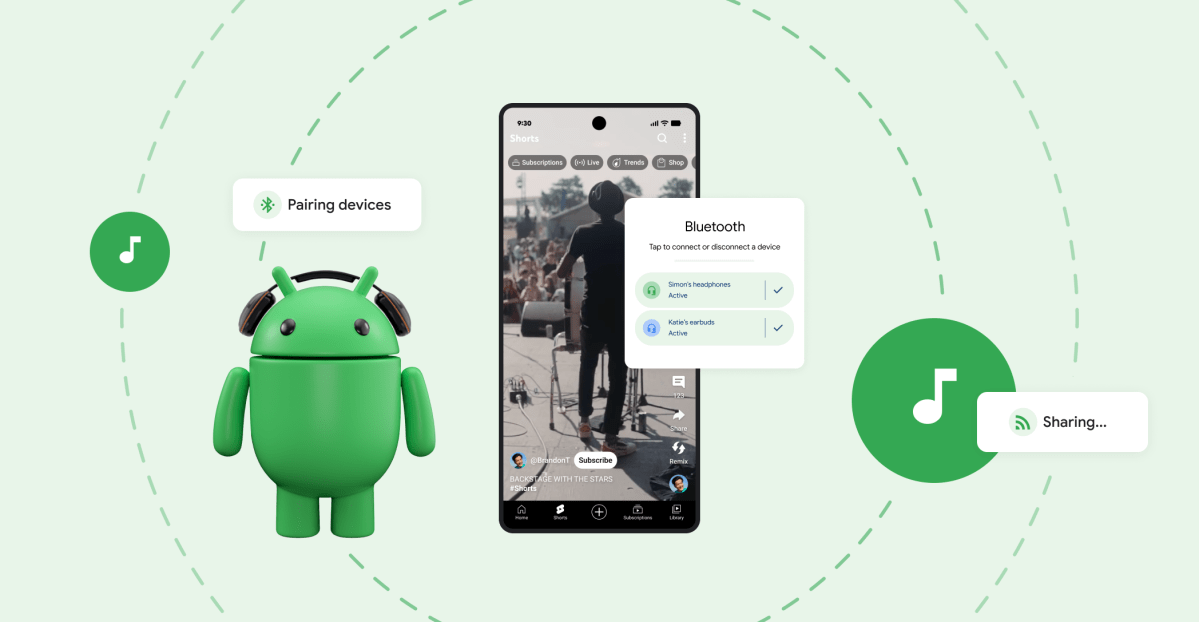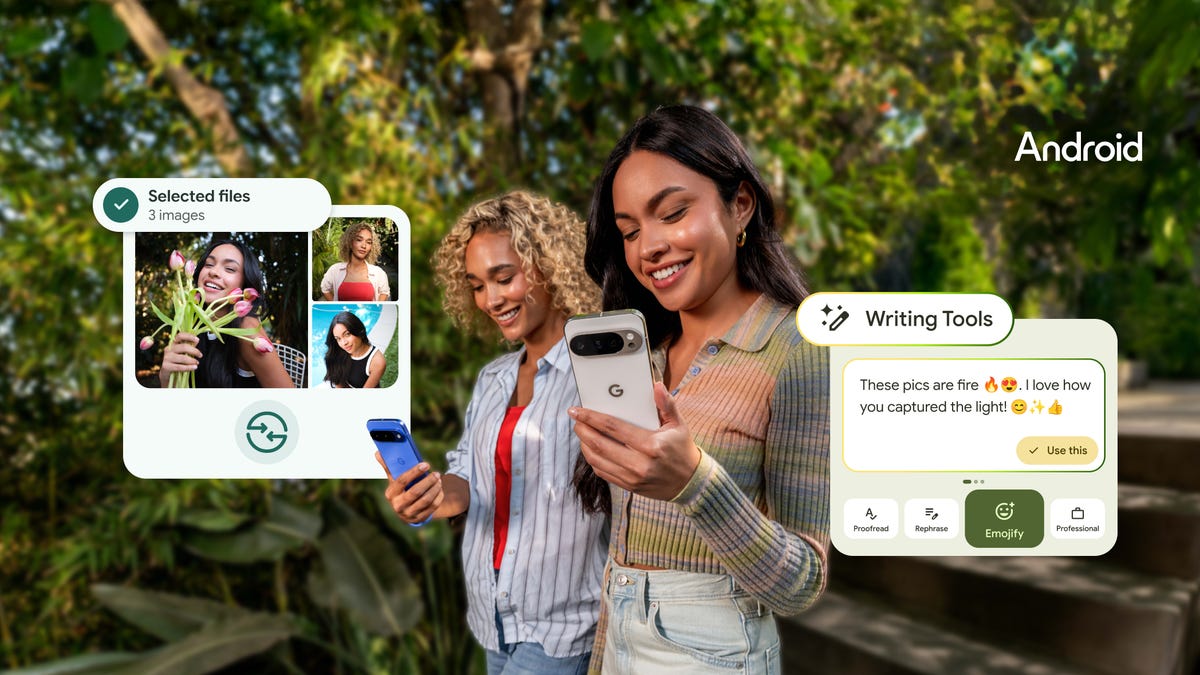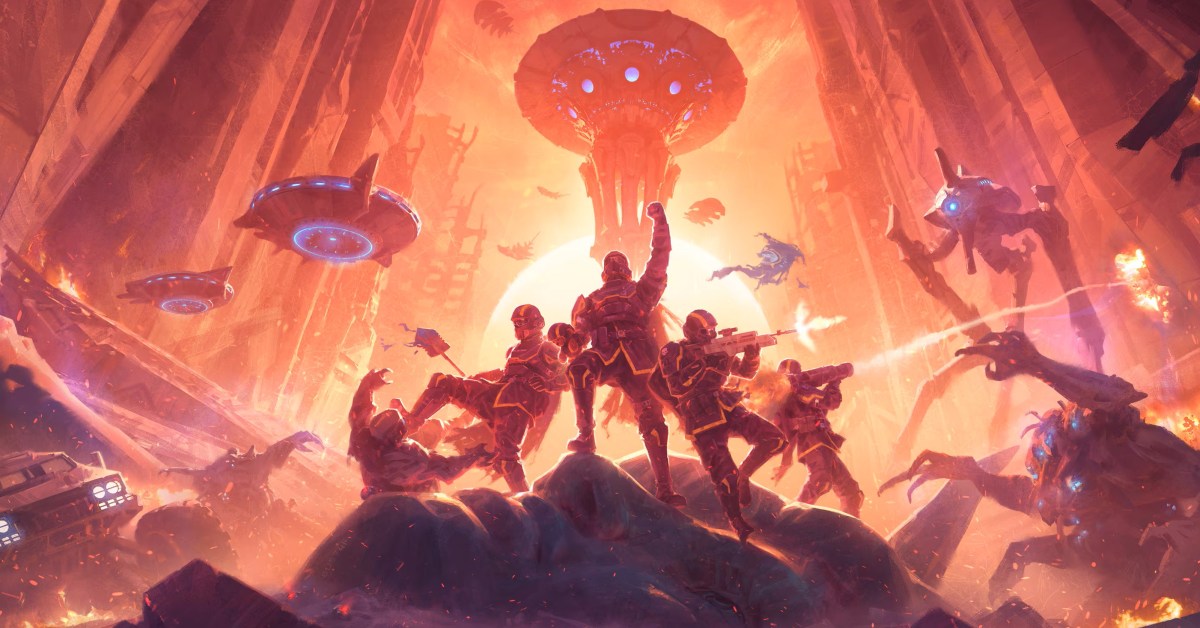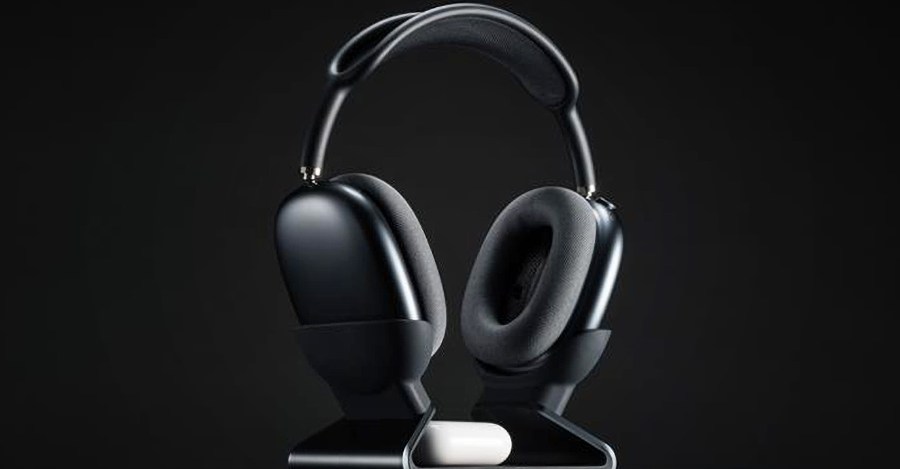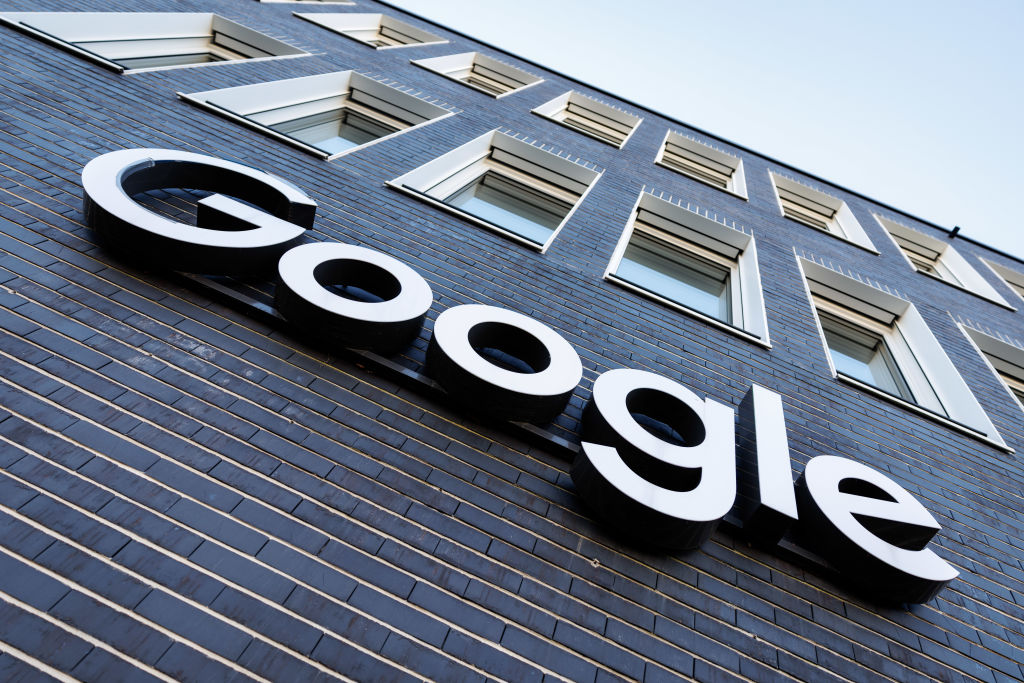Today, Marvel Games and NetEase Games have unveiled full details for Season 4: Heart of the Dragon for Marvel Rivals, the award-winning and critically-acclaimed Super Hero Team-Based PVP Shooter that lets players assemble an ever-evolving all-star squad of Super Heroes and Super Villains across a dynamic lineup of destructible maps from across the Marvel Multiverse.
The game’s upcoming fourth season is set to kick off on September 12 and will introduce Angela as a playable hero along with a new Convergence Mode map set in K’un-Lun: Heart of Heaven. Season 4 will also introduce new features, modes, special events, plenty of quality-of-life updates as well as Team-Ups, and will be available on PS4 starting that same day.
The full features for Season 4 of Marvel Rivals are detailed below and in the latest episode of Dev Vision.
Marvel Rivals Season 4 Trailer
After three epic seasons, the storm at the center of the Timestream Entanglement has finally swept to the ancient East. The Capital Cities of Heaven, led by K’un-Lun, can no longer hide away in their pocket dimensions. The shifting currents of time have drawn these realms together, forming the Heart of Heaven. The Immortal Dragon, Shou-Lao, lies frozen in time, deep in slumber, creating the perfect opportunity for Doctor Doom to execute his sinister plans.
The Heart of Heaven’s convergence brings together story threads that have been weaving since Season 0, such as the mystery of the baby Iron Fist adopted. This baby has drawn her sister, the Hand of Heven, once Asgard’s Assassin, Angela, into the fold. Also unveiled is that the ruler of the Eighth City, Dizang, is none other than Daredevil, who sacrificed everything in the war between gods and demons to cleanse the souls of the lost and give humanity a fighting chance. With angels and devils locked in conflict, and Doom’s schemes brewing in the shadows, the fate of K’un-Lun rests on its guardians and whether they truly possess the “Heart of the Dragon.”
Marvel Rivals Dev Vision 08
Angela (Vanguard)
As a Vanguard and a formidable warrior, the one-winged angel can shape her Ichors, a type of liquid metal, into various weapons, wielding them with unparalleled skill! Angela can take the fight to the skies, transforming her Ichors into a razor-sharp spear, diving into enemy lines, and opening up opportunities for her team. In times of danger, she can morph her weapon into a shield to block incoming damage. And when the moment is right, she descends from above, transforming her spear into dual axes to crush foes and protect her allies!
